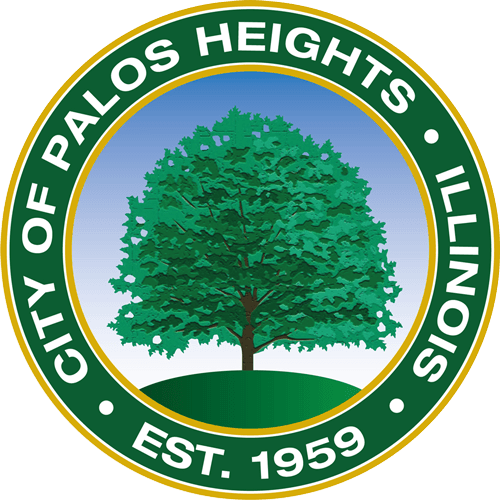Palos Heights, Illinois

The more that you read, the more things you will know. The more that you learn, the more places you’ll go.
Dr. Seuss

Palos Heights, Illinois History
The history of Palos Heights, Illinois, is a fascinating journey through time, reflecting the transformation from rural farmland to a thriving suburban community. The area that would become Palos Heights was originally inhabited by Native American tribes, and it wasn’t until the 19th century that European settlers began to establish farms in the region. The construction of the Illinois-Michigan Canal in the 1840s brought an influx of settlers, leading to the gradual development of the area.
By the early 20th century, Dutch farmers had settled in the region, drawn by the fertile soil and the promise of prosperous agriculture. The completion of the Southwest Highway in 1928 significantly improved access to the area, spurring further development and the transition from an agrarian society to one focused on residential living.
The pivotal moment in Palos Heights’ history came in 1935 when the Robert Bartlett Building Corporation purchased land for housing development. This marked the beginning of a new era, as the community started to take shape with the construction of homes designed to attract Chicagoans seeking a suburban lifestyle. The city’s incorporation on April 16, 1959, was a testament to its growth and the vision of its early planners.
Z. Erol Smith, elected as the first mayor, played a crucial role in shaping the city’s future. Under his leadership, Palos Heights saw significant advancements, including the establishment of key institutions such as Trinity Christian College in 1959 and Palos Community Hospital in 1972, which provided the city with educational and healthcare facilities, respectively.
The city’s landscape continued to evolve with the last of the farmland being sold to subdividers in 1965, signaling the end of its agricultural past. The subsequent decades witnessed a steady increase in population, with notable growth in the 1960s and 1970s as more families moved to the area, attracted by its serene environment and community-oriented ethos.
Palos Heights’ commitment to preserving its natural beauty while accommodating growth is evident in the establishment of the Lake Katherine Nature Center and Botanic Gardens in 1988, providing residents with a tranquil retreat and educational opportunities about the local ecosystem.
Today, Palos Heights is a city that honors its past while looking forward to the future. It’s a place where community spirit is strong, and the quality of life is high, as reflected in the city’s median household income and home values. The city continues to attract residents who value its blend of small-town charm and suburban convenience.
As we look back on the history of Palos Heights, it’s clear that the city’s story is one of transformation, community, and progress. From its early days as a farming community to its current status as a desirable suburban enclave, Palos Heights has maintained its identity while adapting to the changing times. It stands as a testament to the enduring spirit of its residents and the lasting legacy of those who have contributed to its rich history.
Do you provide services useful to reunion directors? Venues? Planning? Supplies? Contact us for unique advertising opportunities.
Copyright © 2025 Alan B. Shepard High School Alumni Association - All Rights Reserved.
Note: Purchases through Amazon links help defray the costs of this group.
Site Design by Trendl Communications Creative Websites
